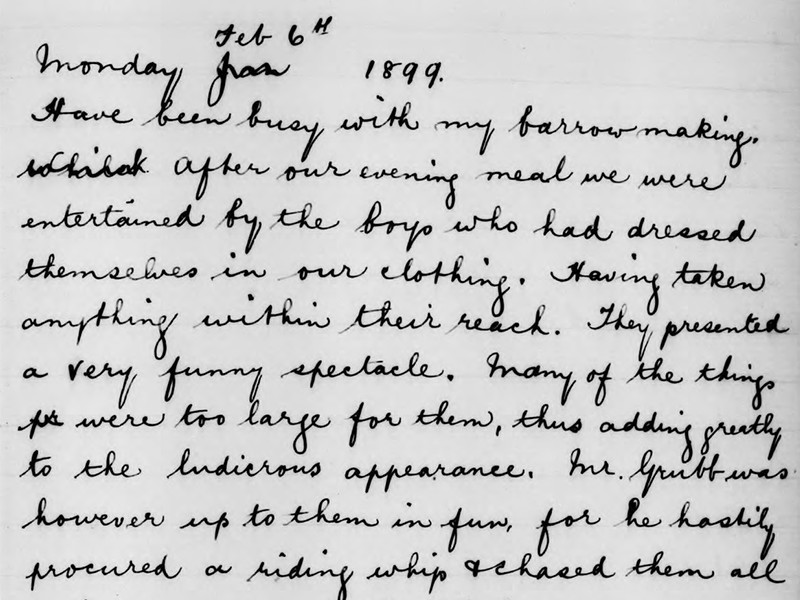
South American Missionaries' Records, 1844–1919

Missionary Records from South America, 1844–1919
Yet we could never discover that the Fuegians believed in what we should call a God, or practised any religious rites; and Jemmy Button, with justifiable pride, stoutly maintained that there was no devil in his land.The Descent of Man, and Selection in Relation to Sex (1871), page 67
Access the full collection
Access the full archive of South American Missionaries' Records, 1844–1919.
Institutional Free Trial
Start your free trialRegister for a free 30-day trial of South American Missionaries' Records, 1844–1919, for your institution.
Institutional Sales
Visit Sales PagesellFor more information on institutional access, visit our sales page.
Single User License
Purchase a license below to view the full collection.
Already have a license? Sign in.
Discover how South America was viewed by Anglican missionaries

The South American Mission Society (SAMS) was founded as the Patagonian Mission in 1844. The name of the society changed twenty years later after the death of Captain Gardiner. Gardiner believed the society should be expanded from southern South America (Patagonia) to all of South America. The society originally struggled to establish a Protestant Church in South America and Captain Gardiner experienced hostility from both native groups in Chile and the Catholic clergy in Bolivia. They eventually succeeded in establishing a settlement in the Falkland Islands after setting sail from Bristol in 1854.
This collection contains extensive material from the SAMS archive for the period 1844–1919. Included in this collection are minute books, missionary reports, and copies of the society’s magazine, The South American Missionary Magazine, which was launched in 1867. The magazines include articles and photographs on geography, anthropology, natural history, and economic development. This collection also includes the journals of Anglican founder, Captain Allen Gardiner, and two other missionaries, Edward Bernau and Adolfo Henriksen.
Contents
South American Missionaries' Records, 1844–1919...
Missionary Records from South America, 1844–1919
Discover
Highlights

Licensed to access Rough journal of A.F. Gardiner, 1846–1847
Captain Allen Francis Gardiner was the first secretary of the South American Mission Society. This document includes his journal from his time in Bolivia. The establishment of a Church in Bolivia proved difficult for Captain Gardiner who experienced opposition from the Catholic clergy.
Insights
The South American Missionary Magazine provides regular printed records of events and achievements that the society was eager to share with its supporters. The magazine is naturally supportive of the work of the missionaries, championing their progress in spreading Christianity.
The South American Mission Society aimed to establish Protestant Churches. This was at odds with Catholic missionaries. There was an intense rivalry between the two groups, particularly in Bolivia where Captain Gardiner struggled to establish a church due to Catholic opposition.
Captain Allen Francis Gardiner was the first secretary of the South American Mission Society. Originally a missionary to Zululand, Gardiner helped establish the society in 1844. Most of the journals and other documents relate to Gardiner. His notes describe his travels across South America and the people he met during these journeys.
This collection also contains information on native Jemmy Button. Button was abducted as a child by Captain Robert FitzRoy and he was taken to England on the HMS Beagle. Here, Button learned English and converted to Christianity. He later returned to Patagonia on the HMS Beagle alongside Charles Darwin. Darwin later wrote about Button in The Descent of Man, and Selection in Relation to Sex (1871), observing that he, and presumably other Fuegians, had no concept of God or the devil. Button was later accused of instigating the Wulaia Massacre, where catechist Garland Phillips was killed. He denied this accusation.
Unlock Historical Research for Your Institution
Provide your students and researchers with direct access to unique primary sources.
Related Media










